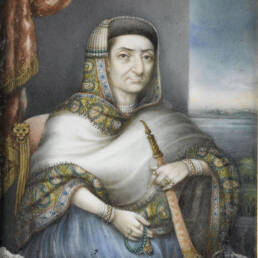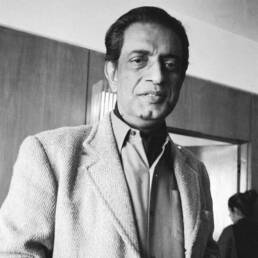It’s J.R.D Tata’s 119th birthday today — the iconic ‘Father of Indian Civil Aviation’ and business visionary who forged India’s name in the pages of history. Today, let’s look back at his eternal connection with Air India.
Inspired at an early age to become a pilot, JRD (Jehangir Ratanji Dadabhoy) Tata started Tata Air Mail Services by taking the legendary de Havilland Puss Moth to the skies as its pilot. It was his dream to see the nation fly commercially, connecting it with the world outside.
When he was made the Chairman of the Tata Group in 1938, he made it his personal mission to take the airlines to the very top.
In 1953, the Indian government nationalised the aviation sector under Air India (for international) and Indian Airlines (for domestic).
Given how instrumental JRD was to Indian aviation, the then Prime Minister of India, Pandit Jawaharlal Nehru, requested him to personally lead both ventures.
In times when the east was shadowing the strides made by the west, JRD wanted to best the likes of British Airways and KLM Royal Dutch Airlines. He set his sights on providing passengers on Air India with an extraordinary travel experience.
And thus started Air India’s commitment to delivering delightful experiences that stay with the consumers forever. It pivoted both Air India and the Tata Group into a new phase of growth.
JRD became one with the airline brand, and every word about it mattered to him. When the company ordered its first Boeing in 1956, every important asset, from the décor, table napkins, cutlery to the tableware was personally vetted by him.
It was unprecedented for the head of a huge business house to be so intricately involved in operations of one of its companies. But Air India was more than a company that JRD was contracted to supervise.
He always put himself in the passengers’ shoes when it came to evaluating the service performance of Air India. To that end, every time he travelled abroad, he took copious notes of what was working and what was not on Air India.

Some samples of JRD’s feedbacks – shared in the form of memos to the MD of Air India – leave us marvelling at the attention to the minutest detail that this phenomenal man had.
He once noted the serving of a dark beer in-flight and suggested replacing it with a lighter brew – something likely to be more palatable on a long journey.
On one particular trip, JRD inspected the seats and found that some reclined more than the others. He immediately requested that uniformity in reclining be ensured and allowed to the maximum extent permissible.
While JRD was always looking to improve the brand and the service, he never missed an opportunity to congratulate those who raised the levels of the airline.
In 1972, after flying aboard the Everest – one of the oldest planes in Air India’s fleet, JRD was impressed by how well it had been maintained. Immediately on his return, he passed on his compliments to the crew involved.
His eye for detail and aesthetics are still incomparable.It was JRD who recommended to always turn-on the light when meals were served. He reasoned that the overhead light beaming on the shining silver and cutlery would enhance the passenger’s dining experience greatly.
Air India and JRD’s standards weren’t just inspiration for Indians around the world. In the 1970s, the Singapore government started their own airline after splitting from Malaysia-Singapore Airlines.
They wanted to set the highest standards of aviation performance and service. And thus, chose Air India as their partner for training crews.
In 1977, with a fleet of only 14 planes, Air India carried 1 million+ passengers and made a profit of GBP 11 million. This outstanding success story wouldn’t have been possible without JRD Tata’s passion and personal involvement.
Air India’s success remains a testimony to JRD Tata’s vision, commitment, and meticulous attention to details. And his views and values still help Air India stay on course.
Sources:
Beyond the Last Blue Mountain – A Life of JRD Tata by RM Lala




